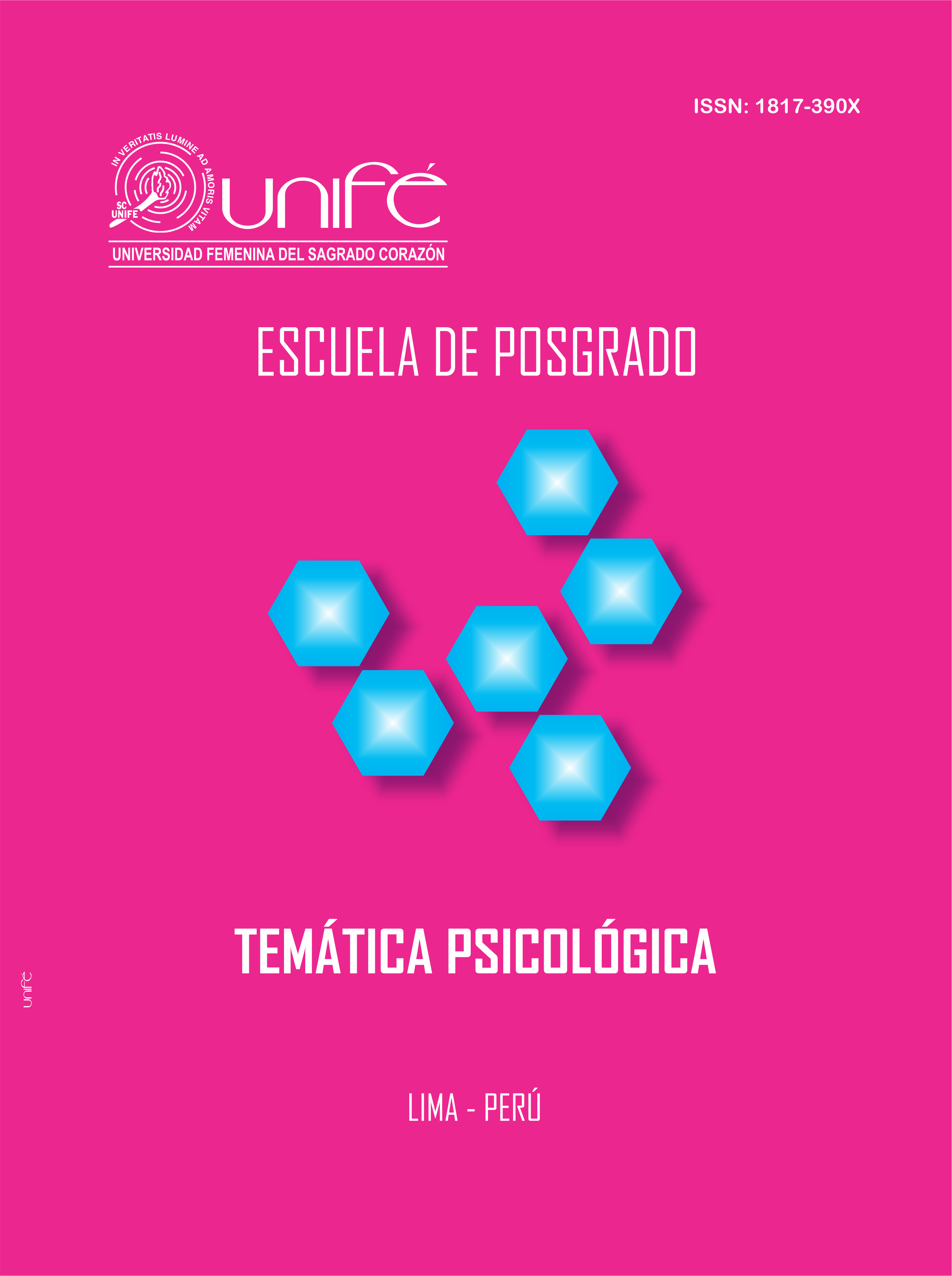Social anxiety and emotional regulation in adolescents in Lima Metropolitana with and without the presence of somatic symptoms
DOI:
https://doi.org/10.33539/tematpsicol.2018.n14.1810Keywords:
Social anxiety, emotional regulation, physical symptoms.Abstract
The present study is aimed to study social anxiety and emotional regulation in adolescent schoolchildren, in the school context and in socio-emotional development, whose skills are considered as an important factor in psychological health and specifically in social coexistence. The objectives presented are: 1) analyze the relationship between social anxiety and emotional regulation in adolescents in Lima Metropolitana, 2) compare the variables social anxiety and emotional regulation among adolescents with and without the presence of somatic symptoms. The sample consisted of a total of 376 adolescents between 14 and 17 years, from third to fifth year of high school, both male (179 participants) and women (197 women), from state educational institutions (198 participants) and private (178 participants). The instruments used were the following: the Social Anxiety Scale for Adolescents (SAS-A), by La Greca and Stone (1993); the Emotional Regulation Questionnaire (ERQ-CA), by Gross and John (2003), and the Questionnaire for the Evaluation of Physical Symptoms (PHQ-15), by Kroenke, Spitzer and Williams (2002). The research design is descriptive correlational and comparative. The following conclusions were reached: the evaluation instruments have sufficient psychometric requirements to be able to assume the validity of the interpretation of the results. The relationship between social anxiety factors, have a weak and non-significant relationship with emotional regulation factors. There is a significant difference in the social anxiety variable among adolescents with and without physical symptoms. With regard to emotional regulation, no significant differences are observed between both groups of adolescents. Significant differences are found between men and women regarding some components of social anxiety.


